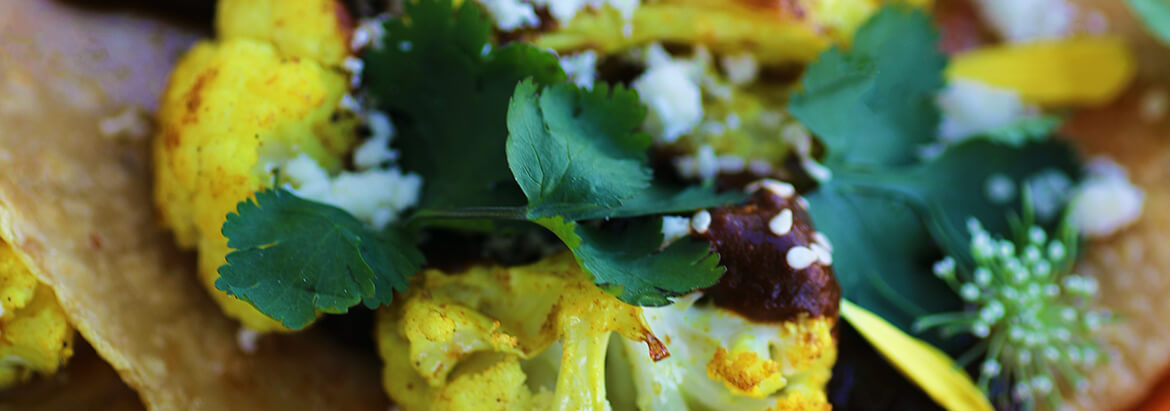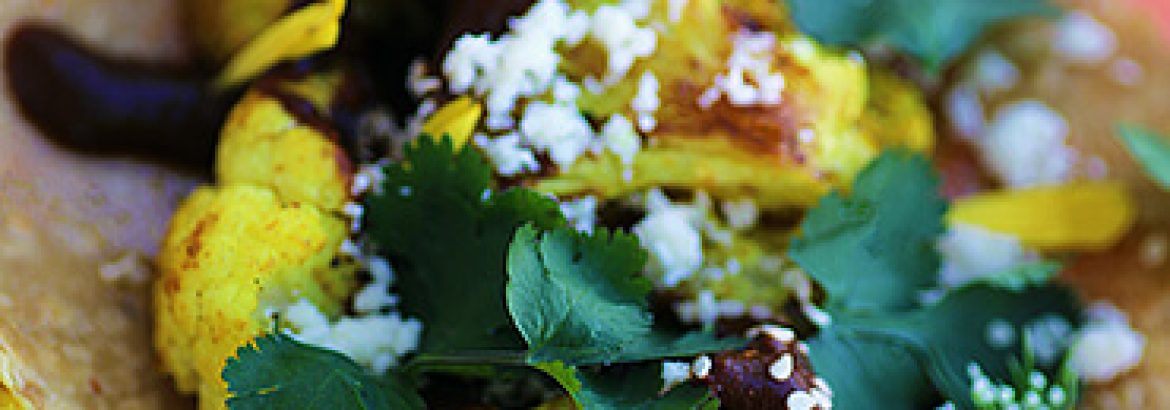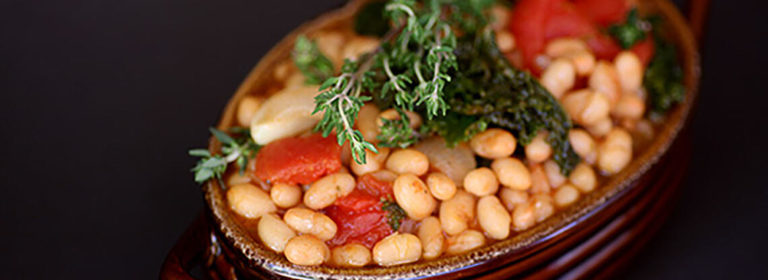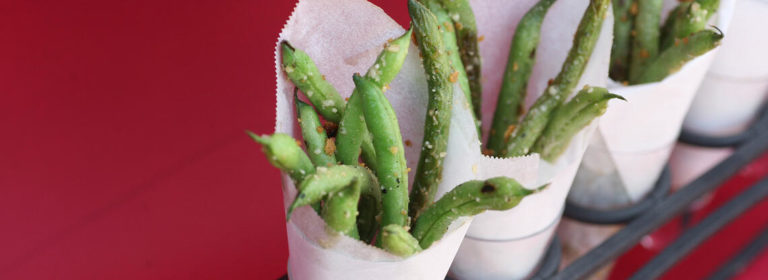First there were vegetarians, then vegans, followed by flexitarians…and now the diet gaining the most traction is known as climatarianism. This movement is fueled by the desire to know where your food comes from, how it was grown, and what impact it may have on the environment. Plant-based foods figure prominently into this style of eating, with fresh fruits and vegetables being the stars of the plate.
- Appetizers such as whipped Burrata with macerated strawberries and rhubarb, roasted beets with grapefruit and labne, and charred Brussels sprouts tossed in Romesco sauce are all examples of bold flavors that don’t need animal protein to feel satisfying.
- Tacos remain hot! Offer plant-based versions with fiery charred cauliflower as the main attraction, topped with creamy guacamole, pickled watermelon radishes, shredded green cabbage, and charred green onions.
- And veg-forward doesn’t always mean meat-free, but rather a higher ratio of fresh produce than animal protein. Garnishing pasta dishes with crumbled Italian sausage, dotting green salads with lardon, adding bits pork belly to kimchi fried rice, and tossing green beans with salumi vinaigrette are all examples of incorporating small amounts of meat for bursts of flavor and texture.




